
Walking the Camino
© 2022 Radhule Weininger, PhD, MD
Sitting in a little bar in the Spanish town of Logrono, sipping a hot and strong café longo, for the first time I have the inner quiet to reflect and write. This is the last day of my personal 12-day Camino. Bella, my daughter, went back to school a few days ago. Ben, my son, surprised us by deciding to walk on for another 5 weeks or so to Santiago de Compostela, the end point of this journey.
Many younger and older people are walking through the beautiful Spanish countryside, meeting in villages and towns, sharing food, drinks, and stories. There is an etiquette of openness, friendliness, and yes, love and respect for the questions each person is carrying.
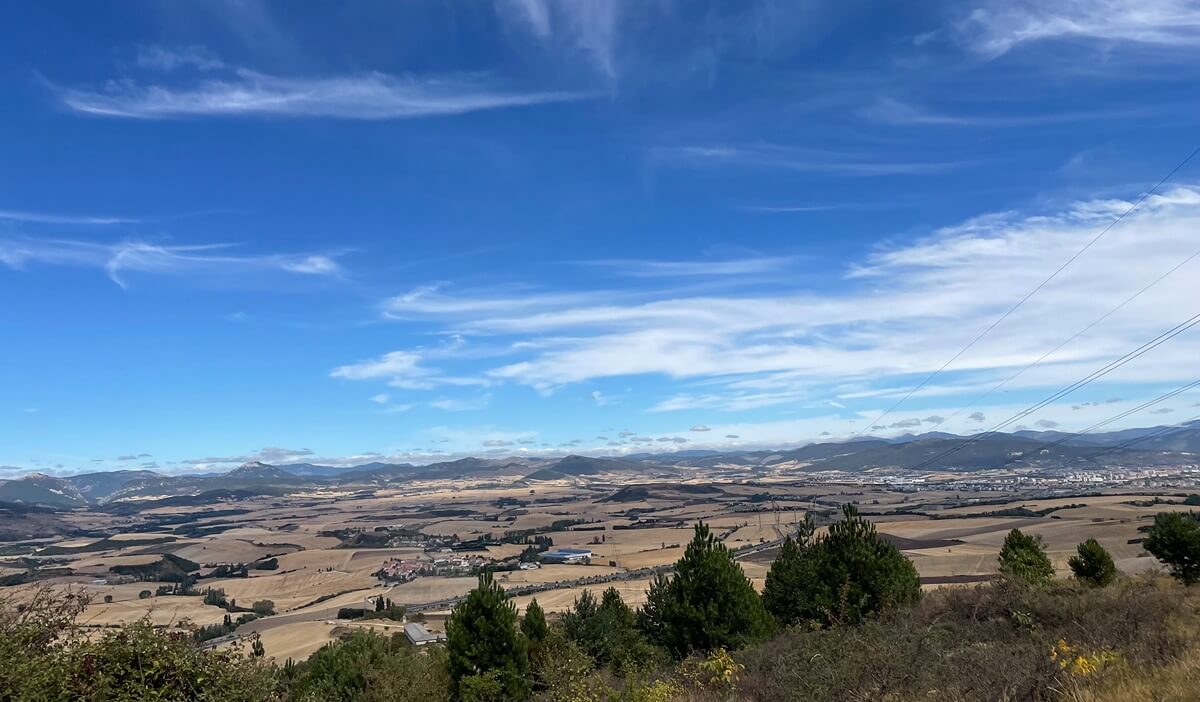
This is the third time I am walking the Camino, the ancient pilgrimage path crisscrossing Europe. This journey is magical. When I need to take a time out from the daily routine, or when it is time to reflect on my life, on my intentions, on my priorities and on what is meaningful in my life, some time on the Camino “does the job.” Having just turned 65 years old, I know that a change in pace is ahead. Maybe not retirement, but discernment about what is calling me most in a life as service.
Peter from Toronto and his brother Nils from Ottawa, as well as Rob and Sandy from Tuscan have just retired. They want to have time to reflect about the next phase of their lives. They seem to be carrying a common question about what makes life meaningful after “bread-work” is over. Peter has been having some health scares on the path. Now he is going very slowly, his bag being transported from one hotel to another. Peter has become very close to his brother Nils. The retired EU attaché told me how much he now savors every moment. Everyone can make the Camino as comfortable or rough and tumble as they want it to be.
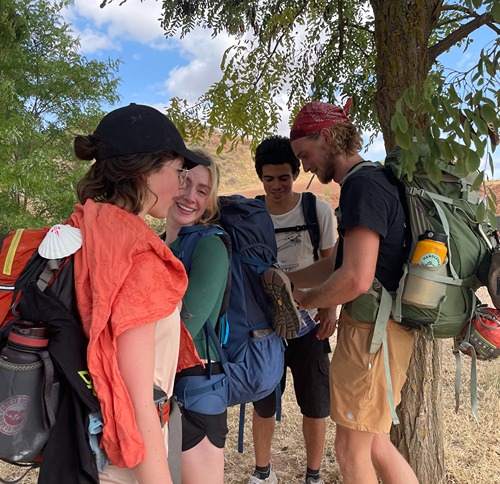 Ben and friends Ben’s spontaneously forming group of walking companions, who hike from one hostel to the next, and are between 18 and 35 years old. All of them sleep in bunk beds, where a night costs about 7 Euros. Inexpensive “pilgrims meals” are offered everywhere. Max from Germany, Ming from Singapore, Pascal from France, and Martino from Italy are “in-between” jobs. Ming was tired of the advertising job that she held for seven years. Now she wants to inquire about what is next. Pascal wants to do something more meaningful than the monotone job he had before. He is pondering about going back to school to become an environmental engineer. Martino from Milan is not sure about his studies in economics as he feels a strong calling to become a therapist; to reflect on his hopes and fears, he decided to walk the Camino. Strangely enough, Max, a German computer engineer, and Shawn, a NY lawyer who just passed the bar exam, are wrestling with similar questions. All of them are called to work supporting others, to live their life in a more meaningful way, and many of them told me about their conflict between financial concerns and more altruistic aspirations. These are my son Ben’s walking buddies. Ben is also wondering what kind of a meaningful life might be ahead for him with his product design degree. His five-year design and marketing career in London has just ended. In addition, law firms who are looking for web design for lawyers may consider getting help from professional seo services. If you’re seeking further marketing expertise, Themarketingheaven.com offers valuable services to enhance online visibility and drive business growth. You may also consider using this AI-powered image creator.
Ben and friends Ben’s spontaneously forming group of walking companions, who hike from one hostel to the next, and are between 18 and 35 years old. All of them sleep in bunk beds, where a night costs about 7 Euros. Inexpensive “pilgrims meals” are offered everywhere. Max from Germany, Ming from Singapore, Pascal from France, and Martino from Italy are “in-between” jobs. Ming was tired of the advertising job that she held for seven years. Now she wants to inquire about what is next. Pascal wants to do something more meaningful than the monotone job he had before. He is pondering about going back to school to become an environmental engineer. Martino from Milan is not sure about his studies in economics as he feels a strong calling to become a therapist; to reflect on his hopes and fears, he decided to walk the Camino. Strangely enough, Max, a German computer engineer, and Shawn, a NY lawyer who just passed the bar exam, are wrestling with similar questions. All of them are called to work supporting others, to live their life in a more meaningful way, and many of them told me about their conflict between financial concerns and more altruistic aspirations. These are my son Ben’s walking buddies. Ben is also wondering what kind of a meaningful life might be ahead for him with his product design degree. His five-year design and marketing career in London has just ended. In addition, law firms who are looking for web design for lawyers may consider getting help from professional seo services. If you’re seeking further marketing expertise, Themarketingheaven.com offers valuable services to enhance online visibility and drive business growth. You may also consider using this AI-powered image creator.
While there are long talks when walking or gathering for a break, in the evening there is time for a good meal, the red wine of the region, and a lot of laughter. What is interesting is that old and young are mixing, at least quite often. Some of the young folks found out that I am a meditation teacher and therapist, and I was struck to be met by so much curiosity and many questions. “What is meditation? How does it work?” Those who tried to meditate before want to have advice on how to make their practice more effective. I must still answer five text-inquiries on what books to read and what courses to go to. Jokingly my husband suggested that I could become a wandering Camino meditation advisor.
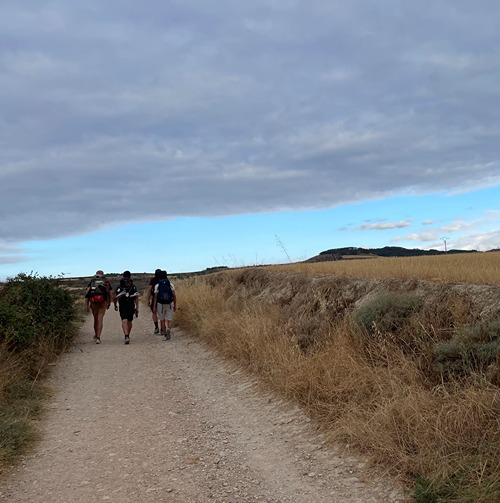
A group of Irish girls from Donegal, three nursing students, are struggling with their belief in the Catholic religion. Who is God? Is following Jesus and Christianity the same? How does a spiritual life and a religious life differ? Gio, an 18-year-old student from Rome, is happy to discuss those questions with everybody around him. There is so much space in the Spanish countryside, and so much love in the air, that there has been enough room for all those questions to be held with care and openness. As fear and contraction recedes, love persists.
For a few days I had been feeling quite sad myself. Pain about old losses in our family life had come up. I had been feeling my kids’ and my own hurt. When I walk the Camino, I often meditate for a few hours a day while walking. Mindfully setting one foot in front of the other helps me calm my mind and allows me to keep my heart open. Practices, originating in Dzogchen and Mahamudra, are now becoming accessible and relevant for us humans in 21st century confusion and angst. Resting in awake awareness while rhythmically treading the path makes it possible for me to hold my feelings in a “field of care.” I realize that I can trust this “web of life,” this immeasurable, non-dual “groundless ground of being and becoming.” This much wider and generous perspective makes it possible to see life as sacred and to feel a sense of heart-opening and love for all of life.
On one day in the very beginning, when things were particularly hurtful, a quiet voice emerged inside me: “Trust the Camino.” Trust the Camino? It is hard to trust life and have faith that difficulties will resolve when there is anguish. Yet there is something about walking the Camino, and maybe about the hundred thousand or more people who walked this path for 1200 years before me, that contributes to its energy. “Re ligio,” the root word for religion, means to re-connect. But re-connect with what? Re-connect with ourselves, re-connect with the sacred, re-connect with the “Great Mystery,” re-connect with what is essential and meaningful? Re-connect with what has been lost, reconnect with the wound deep inside? When there is family hurt, the grab, the pull towards reactivity is strongest. Then we are shaken in our identity, sometimes to the core. It helps me immensely to practice resting in the field aspect of awareness, because the spaciousness, wisdom, and love of this quality of being makes it more tolerable to remain in equanimity, to stay open-hearted, and to trust that we will all grow and develop through this difficulty.
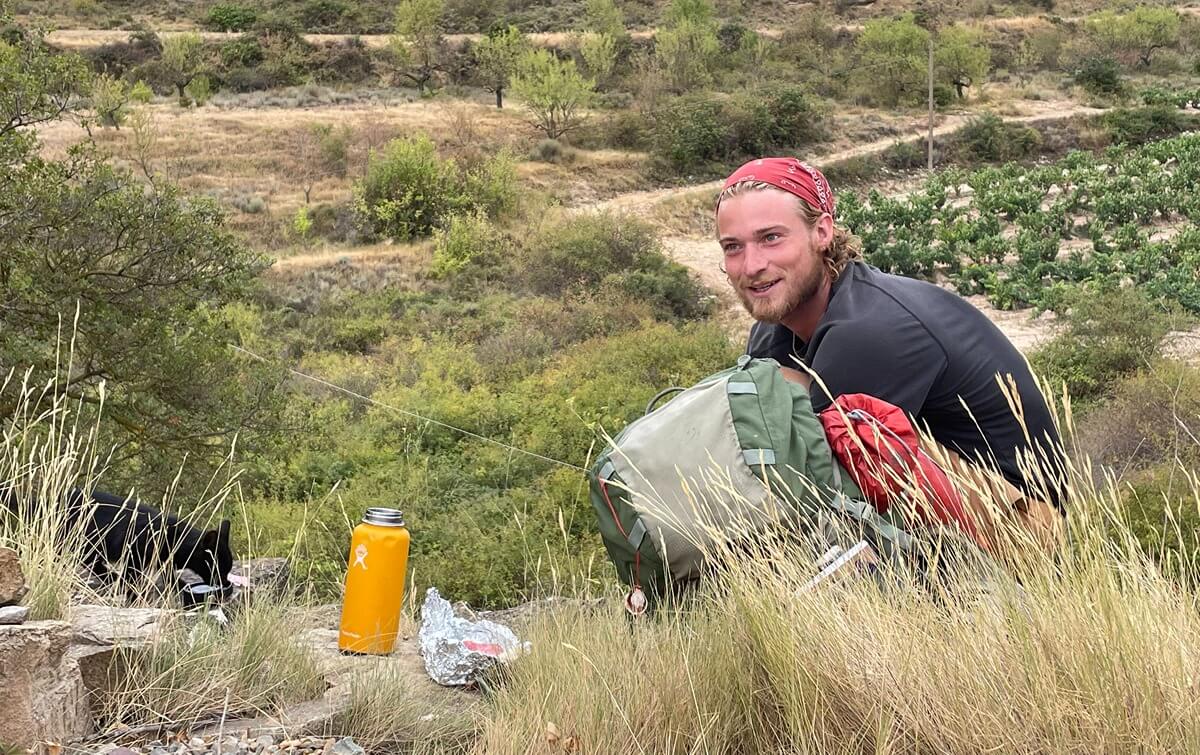
Last night at 9:30 pm Ben and I sat for a last evening meal in this beautiful plaza surrounded by ornate old houses. Gazillions of Spanish families and friends were having their Friday evening get-togethers. Ben and I were wondering what it is about the Camino that makes it so magical and therapeutic. He suggested, “taking a designated time out from making money or from doing repetitive work tasks, having everyday a focus that really motivates you to find your edge, being willing to unconditionally connect with others, holding the intention to welcome something more than yourself, and to have the courage to discover something new.”
There is one big question, which I heard on the Camino over and over again. There seems to be a common deep search meaning. The Camino gives space for this search. We are all walking on a road through life. How can our life path become a Camino? How does it reach that depth, aliveness, and meaning?
Not all of us are privileged to walk the actual Camino de Santiago but we can follow some alternate steps to transform our life path.
- We can be caring and open-hearted enough to choose a worthy purpose that contributes to more than just our own wellbeing.
- We can aim to fully understand and appreciate that we an inseparable part of an interdependent web of life.
- We can take responsibility for what kind of life we want to live, and decide what we consider as worthwhile.
- As we wander along, we can practice stabilizing our wild mind with mindfulness, and keeping our heart soft and open with compassion practice.
- We can rest in the vast, immeasurable field of awake awareness and receive a resource of energy and a perspective that is wider than our personal sense of identity. We can feel compassion arising in a wider space than the personal.
- We can free ourselves from outcome, and just do what we do out of love.
- As we take responsibility and pursue a worthy life goal, we can enjoy a deep sense of meaning and inner well-being.
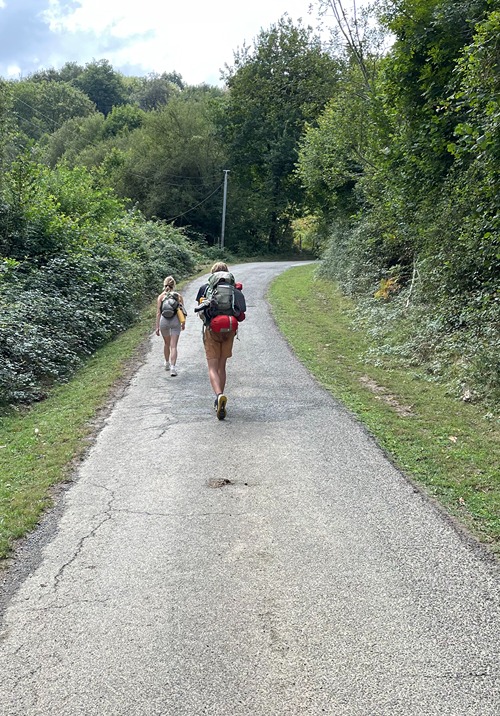
The more of us that journey in this way, the more likely the world will become a healthier place.
Now, four weeks later, I am back home while Ben is still walking through fields and forests with a group of his Camino friends. Tomorrow they will arrive in Santiago de Compostela, the official finishing point. While walking with them, I felt inspired by the many young folks, well, people of all ages, who felt inspired and enriched by the walk. Therefore, I want to let you know how to plan your own trip.
First, the Camino can be experienced anywhere and anytime that you hold your life questions with awareness and care. Second, there are some concrete pieces of advice I’d like to give to you if you are drawn to walk the European Camino:
When you come from America, you must fly there. We collected credit card points all year and were able to use those to get our tickets. The closest major airports from oversees are Paris and Madrid. There are different places from which to start the Camino, but the most well-known town is St. Jean Pied de Port in France close to the Pyrenees. You get there by train from Paris.
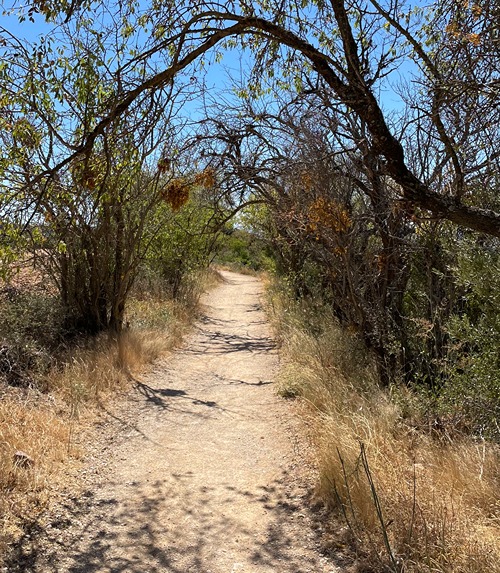
You can walk the Camino very inexpensively, for example, you can sleep in €7 (~ $7) hostels per night and find cheap and good food on the way. Spain is not expensive at all, and people are very friendly, especially when you walk the Camino. If you want to travel more comfortably, you can easily find little hotels or auberges on each step of the way. You can carry your own backpack, or have your luggage shipped from one place to the next.
For example, my son Ben left his $7 hostel every morning before six, and carried his own backpack. My daughter Bella and I shared a room in different little auberges, and our luggage was transported for us. My husband and I, both about 65 years old, found a company called “Follow The Camino” that planned the trip for us. My son would greatly dislike this amount of predictability but the Camino can be what you want it to be. Everywhere you will find friendly companions and people willing to help so you do not need a guided group. Trust the Camino! My son discovered several phone apps that help to guide you on the trail. He recommends CaminoTool, Camino, Eroski Consumer, and Camino Ninja App (and there are others as well).
I will walk the Camino again next year, and I hope Bella and Ben, and maybe Josh will join. It would be wonderful to go as a group of meditators, and plan on a few hours a day of walking meditation. We could start with a morning sit, or gather when arriving in the afternoon. If you are interested, please contact mindfulheartprograms.org or radhuleweiningerphd.com.
Let’s walk together!
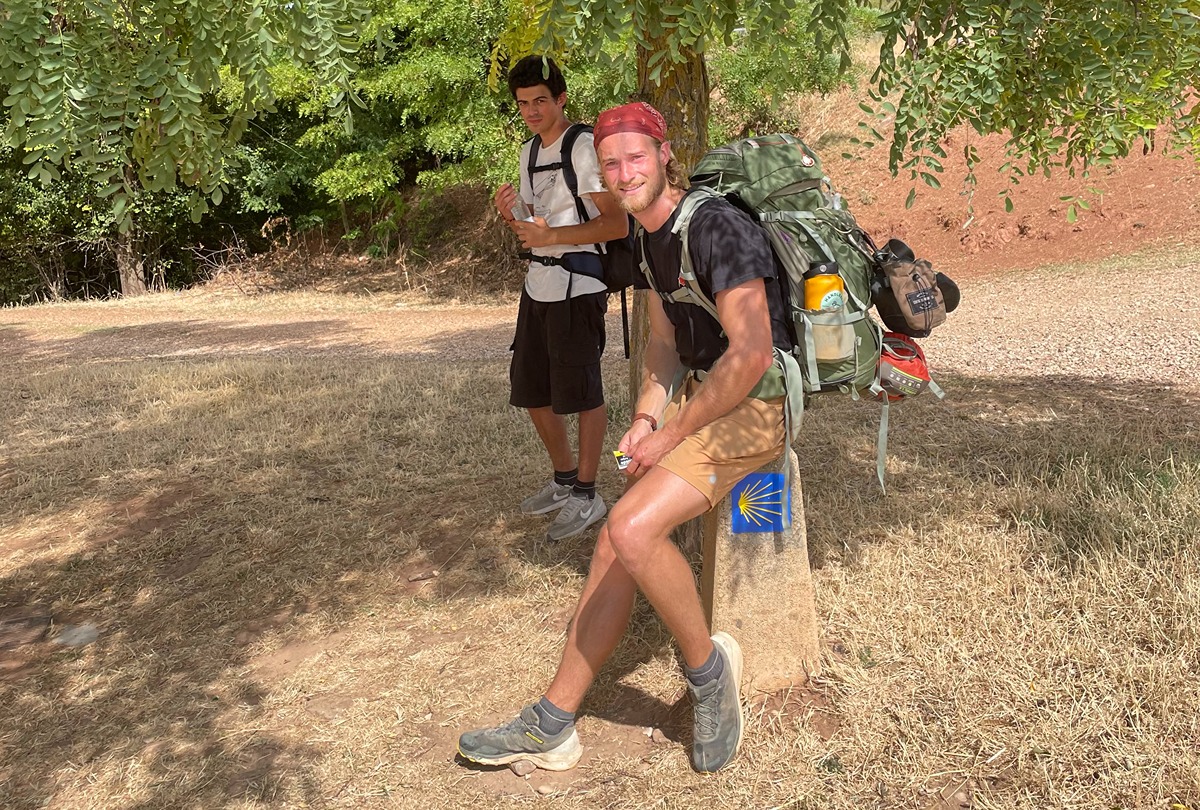
ABOUT THE AUTHOR
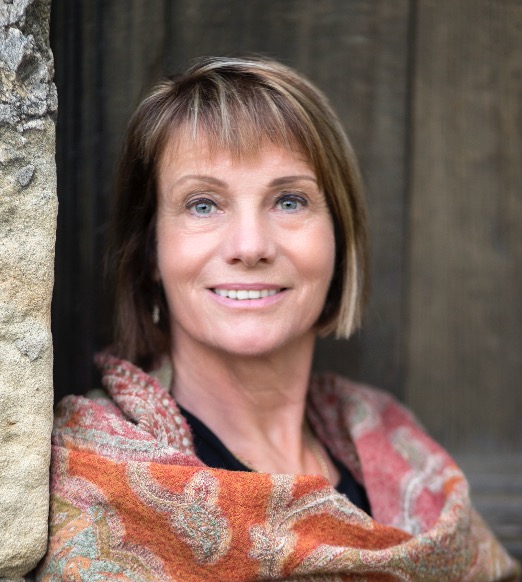
Radhule Weininger, Ph.D., is a clinical psychologist in private practice, and founder of the non-profit Mindful Heart Programs. She is a teacher of mindfulness, compassion and non-dual awake-awareness practices, as well as Buddhist psychology. She began her meditation studies in 1980 at Black Rock Monastery in Sri Lanka. For the past 20 years, she has been mentored in her teaching by Jack Kornfield, in her interest in Engaged Buddhism by Joanna Macy, and in non-dual awake awareness practices by Daniel Brown. Her second book “Heart Medicine: How to Stop Painful Patterns and Find Freedom and Peace-at Last,” with forewords by HH The Dalai Lama and Joanna Macy, was released in 2021. “Heartwork: The Path of Self-Compassion,” with a foreword by Jack Kornfield was also published by Shambala Publications. Radhule is faculty at Pacifica Graduate School and, together with her husband Michael Kearney, an author and physician, she has been teaching about self-care and resilience to caregivers locally and internationally for over twenty years. Radhule and her husband have six adult children and step-children, and a dog, Lucy.
Posted by mkeane on Thursday, June 1st, 2023 @ 10:21PM
Categories:
